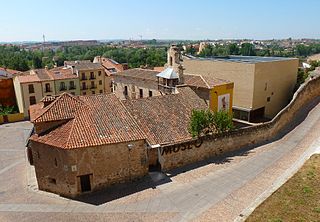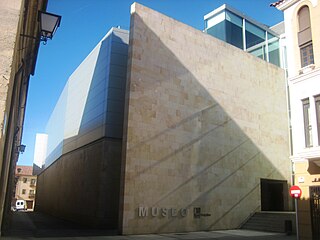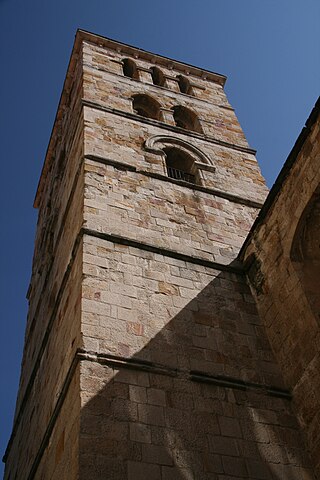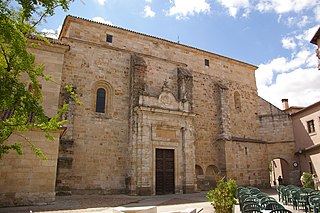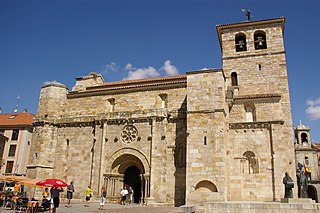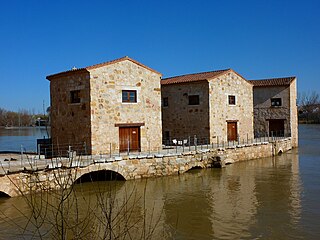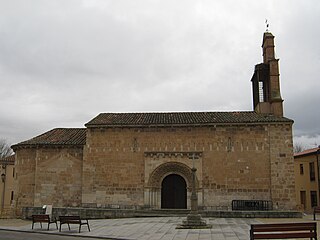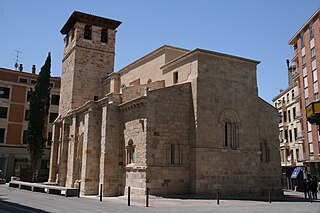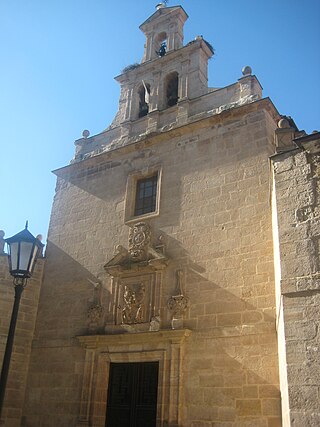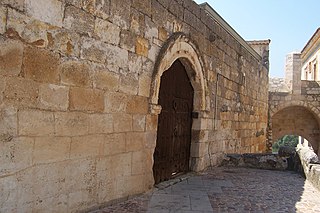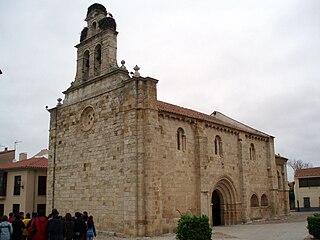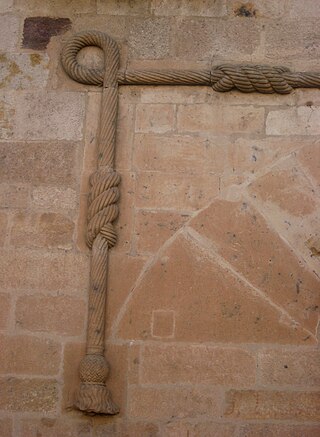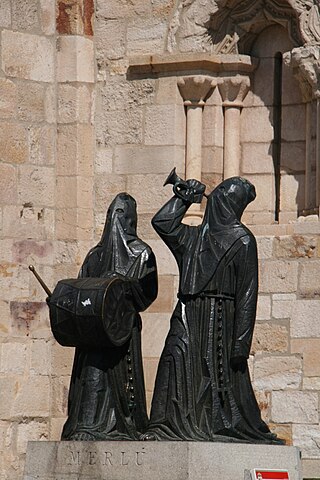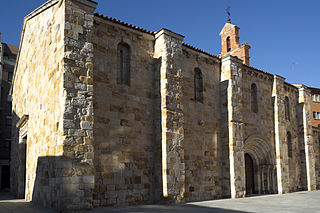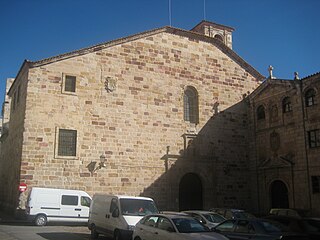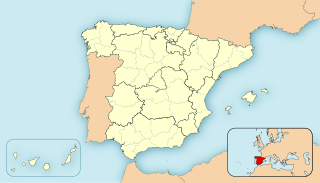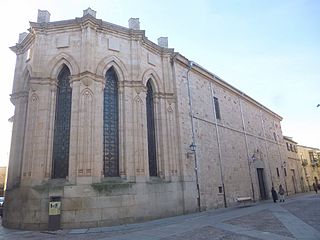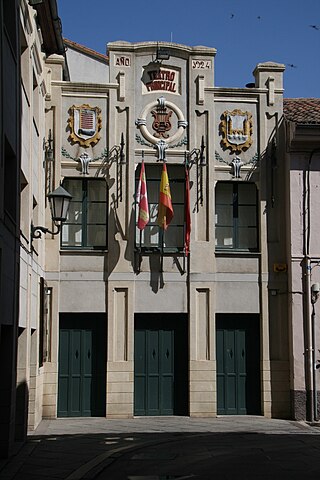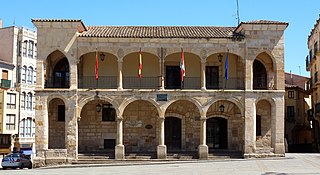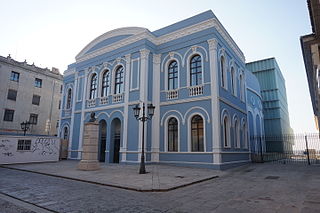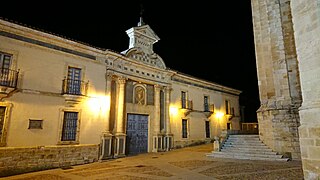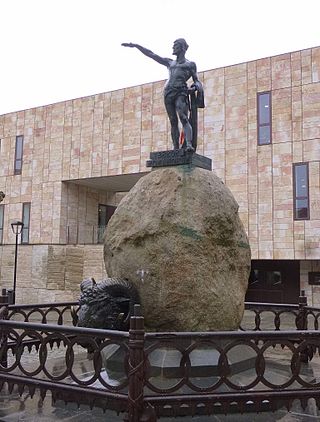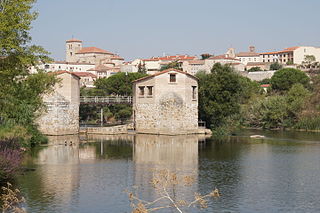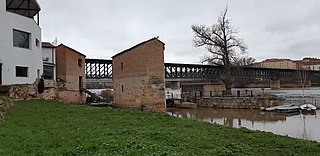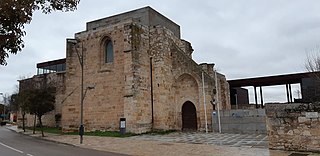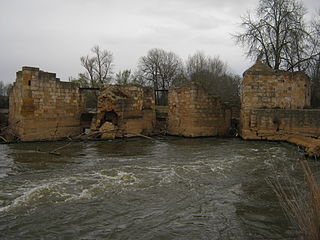31 Sights in Zamora, Spain (with Map and Images)
Legend
Premium Sights
Book tickets, guided tours and activities in Zamora.
Guided Free Walking Tours
Book free guided walking tours in Zamora.
Welcome to your journey through the most beautiful sights in Zamora, Spain! Whether you want to discover the city's historical treasures or experience its modern highlights, you'll find everything your heart desires here. Be inspired by our selection and plan your unforgettable adventure in Zamora. Dive into the diversity of this fascinating city and discover everything it has to offer.
Sightseeing Tours in Zamora1. Museo de Zamora
The Museum of Zamora is a provincial museum located in the Plaza de Santa Lucía in Zamora, Spain, in the neighborhood that in medieval times was called "la Puebla del Valle". It is owned by the Ministry of Culture, with the management transferred to the Junta de Castilla y León.
2. Museo Etnográfico de Castilla y León
The Ethnographic Museum of Castilla y León, located in the city of Zamora, is one of the four that make up the Network of Regional Museums of Castilla y León, along with the Museum of Iron and Steel and Mining of Castilla y León (MSM), located in Sabero, the Museum of Contemporary Art of Castilla y León (MUSAC), in León capital, and the Museum of Human Evolution, based in Burgos.
3. Iglesia de San Vicente Mártir
The Church of San Vicente Mártir is a Romanesque temple in the city of Zamora, Spain. Its tower and western façade were declared a National Monument in 1961. The church was built at the end of the twelfth century, or the beginning of the thirteenth.
4. Iglesia de San Pedro y San Ildefonso
The Archpriestly Church of San Pedro and San Ildefonso, is a temple, of Romanesque origin, in the city of Zamora, Spain, the largest and most important in the town after the Cathedral. By concession of Don Juan de Aguilar it was declared an Archpriest's Church in 1500. It has been a National Monument since 1974.
5. Iglesia de San Frontis
The church of San Frontis is a temple, of Romanesque origin, in the city of Zamora, Spain, located on the left bank of the Duero River, in the neighborhood to which it gives its name. It was declared an Asset of Cultural Interest on September 26, 2013.
6. Iglesia de San Juan Bautista
The church of San Juan Bautista is a Romanesque church located in Zamora, Castile and León (Spain). It is located on one side of the Plaza Mayor. The name of San Juan is due to San Juan Bautista and the New Gate was a doorway when the neighboring wall passed close to the square. It dates from the middle of the twelfth century. In 1961 it was approved as a Historical Monument. In one of its corners, already outside, you can find a modern statue dedicated to Merlú, a work that was erected in 1996 by the Zamoran sculptor Antonio Pedrero Yéboles.
7. Aceñas de Olivares
The Olivares Aceñas are a group of this type of mill located on the Duero River channel, in the Spanish city of Zamora. They constitute one of the five sets of aceñas that still subsist in the city, although all already out of productive use since the beginning of the 20th century, along with those of Pinilla, Cabañales, Gijón and the Pisones. They have been rehabilitated and consolidated to install in them the interpretation center of the traditional water industries. The project, with an investment of € 317,000, was in charge of the architects Francisco Somoza and Pedro Lucas del Teso, who received a special mention in the "Hispania Nostra" awards in 2008.
8. Iglesia de San Claudio de Olivares
The church of San Claudio de Olivares is a Romanesque temple located in the city of Zamora (Spain), in the neighborhood of Olivares. Some historians consider it to be the oldest surviving Romanesque architecture in the city. It is also known because the Christ of Amparo is worshipped there, crucified and on the night of Holy Wednesday it is taken out in procession by the Brotherhood of Penance.
9. Iglesia de San Cipriano
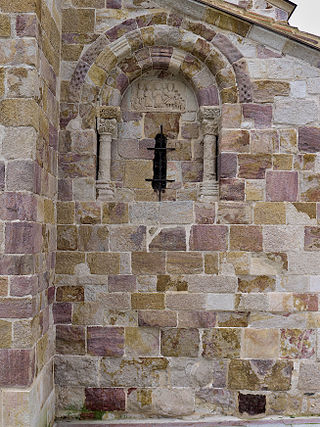
The church of San Cipriano is a Romanesque church located in Zamora, Castile and León (Spain). The original church dates from the eleventh century, although its complete restoration and rehabilitation was carried out at the end of the twentieth century, arriving at the beginning of the twenty-first century with an eclectic appearance. It is one of the oldest temples in the city. It was executed with three naves, of which only one exists today. Of the two original portals, only the southern one is preserved. The church has a tower, attached to its southwest corner. It has been a National Monument since 1931. She is retired to worship. It is currently the scene of the concerts of the International Music Festival "Pórtico de Zamora".
10. Iglesia de Santa María la Nueva
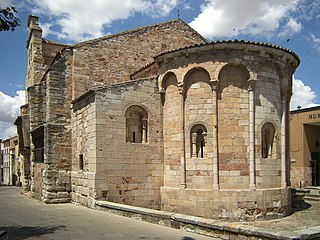
The church of Santa María la Nueva is a Romanesque temple located in the city of Zamora, Spain. In the Plaza de Santa María la Nueva. It is one of the churches in Zamora built at the beginning of the twelfth century. Burned during the Trout Mutiny in 1158, it was rebuilt. A spacious nave, the result of the fusion of its three primitive naves. It was declared an Asset of Cultural Interest in 1945. Inside, the baptismal font from the thirteenth century stands out.
11. Iglesia de Santiago el Burgo
The church of Santiago del Burgo or as it is sometimes called, Santiago el Burgo, is a Romanesque style temple located in the city of Zamora, Spain. Dated to the end of the twelfth century. It maintains its original structure of three naves, typical of the Hispanic Romanesque. It is the only church in the city that maintains this interior structure with a tripartite head. The church building is completed by a quadrangular tower located in the southwest corner. It is located in the centre of what is now Zamora, on the busy street of Santa Clara.
12. Iglesia de San Torcuato
The church of San Torcuato was a Romanesque temple located next to the gate of San Torcuato next to the walls. It was demolished in 1837 and the dedication of San Torcuato was moved to the current headquarters of the Church of the Convent of the Trinitarians Calzados. The current church is a Baroque-style temple that began its construction in 1673 and renovated in the eighteenth and nineteenth centuries after receiving the dedication.
13. Casa del Cid
The Casa del Cid is a Romanesque-style civil building located in the city of Zamora (Spain). Since 1931 it has been protected by having been declared a historic-artistic monument. This building is located next to the Optima, Olivares or Bishop's Gate, the latter name because it is open next to the episcopal palace. It is therefore located in a privileged place in the old village, occupying part of the walls, allowing views of the Duero.
14. Iglesia de San Isidoro
The church of San Isidoro is a Romanesque monument in Zamora, Spain. It is located in the Plaza de San Isidro s/n. It was the temple founded by Sancha, sister of Alfonso VII, who had it built inside the first walled enclosure of the city. It is located in the vicinity of the Portillo de la Lealtad.
15. Palacio del Cordón
The Palacio del Cordón is a building located in the city of Zamora (Spain), characteristic for being one of the few examples of the civil stately architecture of the city of Zamora of the sixteenth century. On its façade stands a chambrana in the shape of a Franciscan cord that was carved on the stone and in which the arms of its founders are protected. This ornamental motif on the façade is what provides the popular name of the cord.
16. Merlú
In Holy Week in Zamora (Spain), the Merlú is the name given to those couples of congregants of the Brotherhood of Jesus Nazarene whose task is to gather the other brothers to begin the processional parade.
17. Iglesia de San Esteban
The church of San Esteban, popularly known as the "Fathers", is a Romanesque style building that is located in the Plaza de San Esteban, between the neighborhoods of San Torcaz, del Burgo and de la Lana in the city of Zamora, Community of Castilla y León, Spain. It retains its primitive exterior structure, although not the interior due to the reforms carried out during the eighteenth century. Until 2009 it was the provisional headquarters of the Baltasar Lobo Museum, which has now been moved to the city's castle.
18. Iglesia de San Andrés
The church of San Andrés is a temple, of Romanesque origin, located in the city of Zamora, Spain. In the twelfth century there was a temple with the same dedication. It was rebuilt between 1550 and 1570 on account of the indications of the will of Antonio de Sotelo Cisneros, one of the captains of Hernán Cortés in the conquest of Mexico. It is for this reason that there are details of Gothic architecture inside. Part of the north façade and the tower (pollarded) of the original factory are preserved.
19. Iglesia del Sepulcro
The Church of the Holy Sepulchre is a Romanesque temple, located in the city of Zamora (Spain). Built in the twelfth century, it has enjoyed special protection since June 13, 1977, when it was declared an asset of cultural interest of a provincial nature, with the category of monument.
20. Centro de Interpretación de las Ciudades Medievales
The Medieval Cities Interpretation Centre is an exhibition space located in the Spanish city of Zamora dedicated to disseminating what the cities of Europe were like during the Middle Ages, with special attention to the capital of Zamora itself.
Wikipedia: Centro de Interpretación de las Ciudades Medievales (ES)
21. Iglesia y Convento del Tránsito
The convent of Corpus Christi, also called Convent of Transit, of the Discalced Poor Clares in Zamora (Spain) was built at the beginning of the sixteenth century, as the house of Doña Ana de Osorio and Don Juan de Carbajal, being Doña Ana de Osorio who in her will ordered to donate "the houses of her dwelling and all her property, so that a monastery of the first rule of Santa Clara could be founded, who are commonly called "Descalzas"".
22. Teatro Principal de Zamora
The Teatro Principal de Zamora was inaugurated in 1606 and built on the site of the old 'corral de comedias', where the convent of Santa Paula was formerly located. Located on the corner of San Vicente Street, it differed from the rest of its time by being covered and not having a charitable welfare purpose. Due to its small dimensions, it is popularly known as the "bombonera". It has been considered an Asset of Cultural Interest since the end of the twentieth century.
23. Ayuntamiento Viejo de Zamora
The Old Town Hall of Zamora is a porticoed building located in the Plaza Mayor of Zamora. It is one of the oldest buildings in the Plaza along with the church of San Juan. It served as a City Council until 1950, just when the new building began to operate. Despite its antiquity, it is not the seat of the first city council that the city had. The current building, called the Old Town Hall, was built at the beginning of the seventeenth century and is in the Plateresque style. Among its most significant changes is the elimination of two of its towers, and the restoration of the building in 1977. It currently houses the offices of the Municipal Police.
24. Iglesia de San Lázaro
The church of San Lázaro is a temple located in the neighborhood of the same name, in the city of Zamora (Spain). The current church was built in the second decade of the twentieth century on the ruins of a Romanesque church, along with a hospital: the hospital of San Lázaro. It has a side chapel dedicated to the Virgin of the Wasteland.
25. Teatro Ramos Carrión
The Ramos Carrión Theater is a building with theater functions that is located in Zamora (Spain). The modernist-style building is the work of the architect Francisco Ferriol. A competition of ideas began in 1996 with the aim of completely renovating the building, with the aim of creating a cultural space. The works that end in 2011 maintain the entrance body. The building was built in honor of the Zamoran humorist Miguel Ramos Carrión who was born in a house located right in front of the theater.
26. Palacio Episcopal
The Episcopal Palace of Zamora is an episcopal building located in the old town of the city of Zamora, Spain. The city was granted the bishopric in the tenth century, creating the diocese of Zamora during the reign of Alfonso the Great. The first bishop was Atilano. The building that can be seen today is the result of a major remodelling carried out in the seventeenth century during the bishopric of Cavanillas (1755-1766). The last restoration dates from the twentieth century that stands out for the roof installed over the courtyard. The Romanesque image of the Virgin of La Cerecina stands out from its interior.
27. Estatua de Viriato
Viriato or the Monument to Viriathus is an instance of public art in Zamora, Spain. Dedicated to Viriathus and located in the eponymous plaza, the monument consists of a bronze sculpture of the Lusitanian chieftain-shepherd put on an unpolished stone pedestal that features a battering ram.
28. Aceñas de Cabañales
The Cabañales watermills are a group of mills located on the bed of the Duero River, in the Spanish city of Zamora. They constitute one of the five sets of watermills that still exist in the city, although all of them have been in productive use since the beginning of the twentieth century. They coexist with other watermills such as those of Olivares, La Pinilla. Both were in the possession of the cathedral chapter until the twentieth century. These watermills are located upstream of the Piedra bridge, on the left bank.
29. Aceñas de la Pinilla
The Pinilla watermills are a set of three watermills on the left bank of the Duero River near the Spanish city of Zamora. Located in the vicinity of the Pinilla neighborhood. The watermills were owned by the cathedral chapter of Zamora from the sixteenth century to the nineteenth century. The lease of the mill gave the cabildo extra income. The operation of the watermills was done by means of a diversion to a dam or dam that, in turn, channeled the water to the bolonera. Since the end of the twentieth century, they have been privately owned and are integrated into a bar-restaurant.
30. Convent of San Francisco
The convent of San Francisco Extraponte was a Franciscan institution built in the fourteenth century in Zamora. It is known for having been the resting place of the polygrapher Juan Gil de Zamora, a close collaborator of Alfonso X the Wise and tutor of his son, Sancho IV of Castile. The name "extraponte" comes from its proximity to the old bridge. The convent is in a state of restoration at the beginning of the 21st century. The Dean's Chapel was built in the 16th century under the direction of Gil de Hontañón and since 2007 it has housed an exhibition and conference hall. Since 1994 it has been the headquarters of the Rei Afonso Henriques Spanish-Portuguese Foundation.
31. Aceña Gijón
The Gijón watermills are a group of this type of mills located on the bed of the Duero River, in the Spanish city of Zamora. They constitute one of the five groups of watermills that still exist in the city, along with those of Olivares, Pinilla, Cabañales, and Los Pisones. Regarding their state of conservation, the watermills of Gijón are in ruins and out of productive use.
Share
How likely are you to recommend us?
Disclaimer Please be aware of your surroundings and do not enter private property. We are not liable for any damages that occur during the tours.
